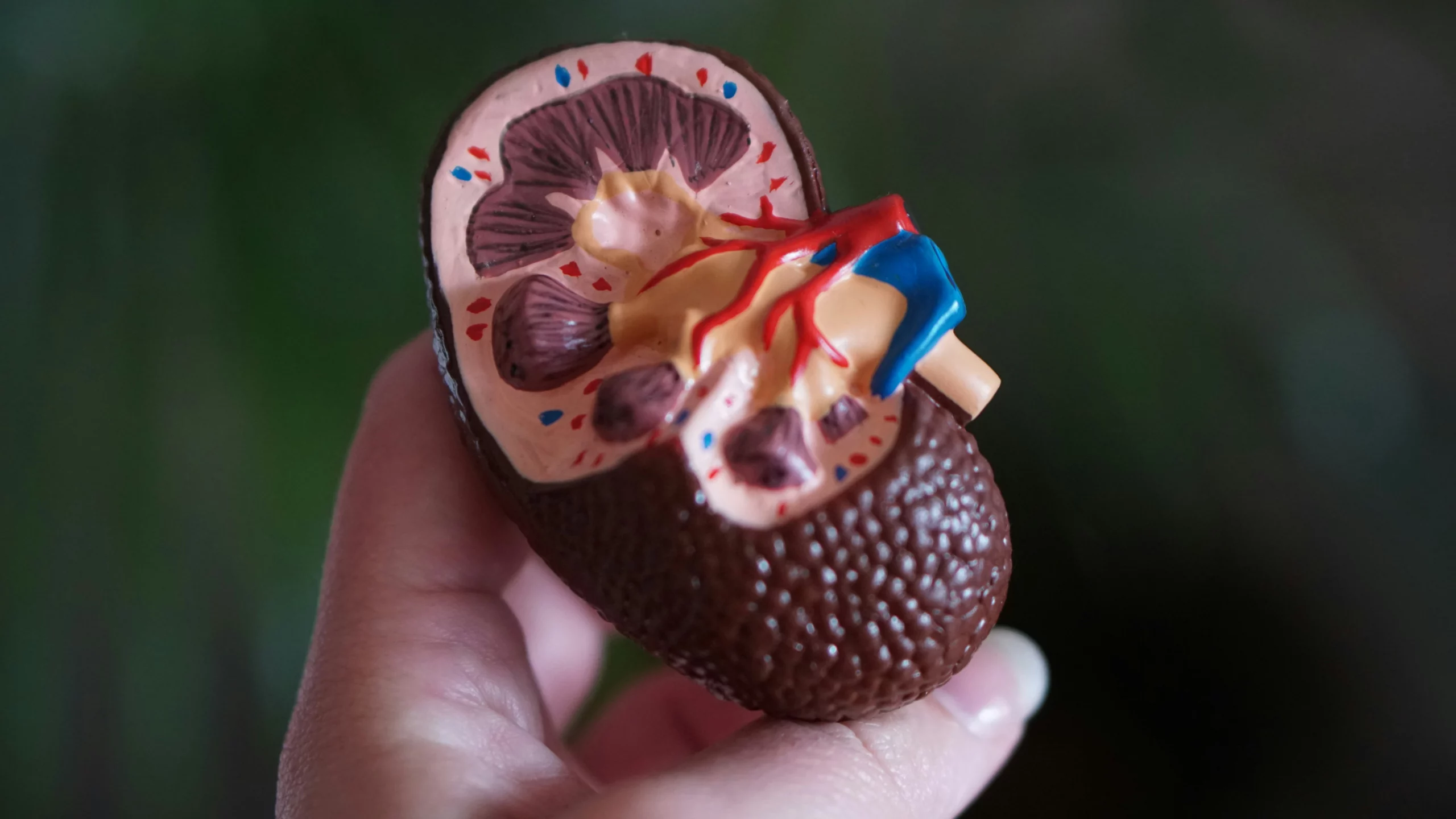Phlegm is a thick mucus produced by the respiratory system in response to infections, allergies, or irritants. While it plays a vital role in trapping and removing harmful particles from the airways, excessive phlegm buildup can cause discomfort, congestion, and difficulty breathing. Learning how to expel phlegm properly can help clear your airways and promote better lung function.
Understanding Phlegm and Its Causes
Phlegm can accumulate due to various factors, including respiratory infections, colds, flu, allergies, smoking, and exposure to pollutants. It is the body’s natural way of trapping foreign substances and preventing them from entering the lungs. However, when too much phlegm builds up, it can lead to persistent coughing and congestion. Phlegm can range in color from clear to yellow, green, or even brown, depending on the underlying cause. Clear or white phlegm is common with mild colds or allergies, while yellow or green phlegm may indicate a bacterial infection. Brown or bloody phlegm may require medical attention, as it could be a sign of more serious conditions such as chronic bronchitis or pneumonia.
Hydration: The First Step to Loosening Phlegm
Staying hydrated is one of the most effective ways to thin mucus and make it easier to expel. Drinking plenty of water throughout the day helps to keep the mucus loose and prevents it from becoming thick and sticky. Warm liquids, such as herbal tea, broth, and warm water with honey, can be particularly soothing and effective in loosening phlegm. Using a humidifier or taking a steamy shower can also help add moisture to the air, which in turn loosens mucus and makes it easier to cough up. Steam inhalation with essential oils like eucalyptus or menthol can further help clear nasal and chest congestion.
Proper Coughing Techniques
Coughing is the body’s natural way of clearing phlegm from the lungs, but improper coughing can be ineffective or even cause strain. To cough up phlegm properly, take a deep breath through your nose and hold it for a few seconds. Use your abdominal muscles to push air out forcefully while keeping your mouth slightly open. Avoid shallow or weak coughs, as they may not be strong enough to move the mucus. The “huff cough” technique can also be useful, which involves taking a deep breath, exhaling forcefully with an open mouth, and making a “huff” sound. This technique helps bring mucus up without causing irritation. If you feel phlegm in your throat but have difficulty coughing it up, try clearing your throat gently and swallowing to help move the mucus along.
Using Natural Remedies to Help Expel Phlegm
Several natural remedies can aid in loosening and expelling phlegm. Honey and lemon have antibacterial and soothing properties, and mixing a tablespoon of honey with warm water and lemon juice can provide relief. Ginger is a natural anti-inflammatory that helps clear mucus from the airways, and drinking ginger tea with honey and lemon can be beneficial. Gargling warm salt water can help clear mucus from the throat and reduce irritation. Turmeric has anti-inflammatory and antimicrobial properties that can help loosen mucus and soothe the respiratory tract. Drinking warm turmeric milk before bed may help ease symptoms overnight.
Avoiding Irritants That Increase Mucus Production
Certain substances can irritate the respiratory system and lead to excessive mucus production. Smoking irritates the airways and increases mucus production, making it harder to clear phlegm. Pollutants, pet dander, and dust can aggravate the respiratory system, and using an air purifier and keeping your environment clean can help reduce exposure. Some people find that dairy products thicken mucus, making it harder to expel, so limiting dairy intake when dealing with excessive phlegm may be beneficial.
Chest Physiotherapy and Postural Drainage
For individuals who struggle with excessive mucus buildup, physical techniques can help clear the airways. Postural drainage involves positioning the body in ways that encourage mucus drainage from the lungs. Lying on your side or stomach with your head slightly lower than your chest can help drain phlegm more effectively. Chest physiotherapy, such as percussion, which involves gently tapping the chest and back with cupped hands, can help loosen mucus and make it easier to cough up. This technique is often used for individuals with chronic respiratory conditions such as cystic fibrosis.
Medications That Help Clear Phlegm
If natural methods do not provide relief, over-the-counter medications can help manage mucus production and promote clearance. Expectorants like guaifenesin, commonly found in medications like Mucinex, help thin mucus, making it easier to expel. Decongestants help reduce nasal and chest congestion, improving airflow and making mucus easier to clear. If allergies are causing excessive mucus production, antihistamines can help control symptoms. However, if phlegm persists for more than a few weeks or is accompanied by high fever, difficulty breathing, or chest pain, it is important to consult a healthcare professional.
When to See a Doctor
While phlegm is usually harmless and clears up on its own, certain symptoms may indicate an underlying condition that requires medical attention. Seek medical care if phlegm is consistently yellow, green, brown, or bloody, or if you have a persistent cough lasting more than three weeks. Difficulty breathing, shortness of breath, wheezing, chest tightness, high fever, or chills may indicate a bacterial infection, pneumonia, bronchitis, or other respiratory conditions that require medical treatment.
Conclusion
Coughing up phlegm is a natural way for the body to clear the respiratory system, but excessive mucus buildup can be uncomfortable. Staying hydrated, using natural remedies, and practicing proper coughing techniques can help loosen and expel mucus effectively. Avoiding irritants, using steam therapy, and taking medications when necessary can also aid in phlegm clearance. If symptoms persist or worsen, seeking medical advice is essential to rule out any underlying conditions. By following these steps, you can effectively manage and clear phlegm, promoting better respiratory health and comfort.















